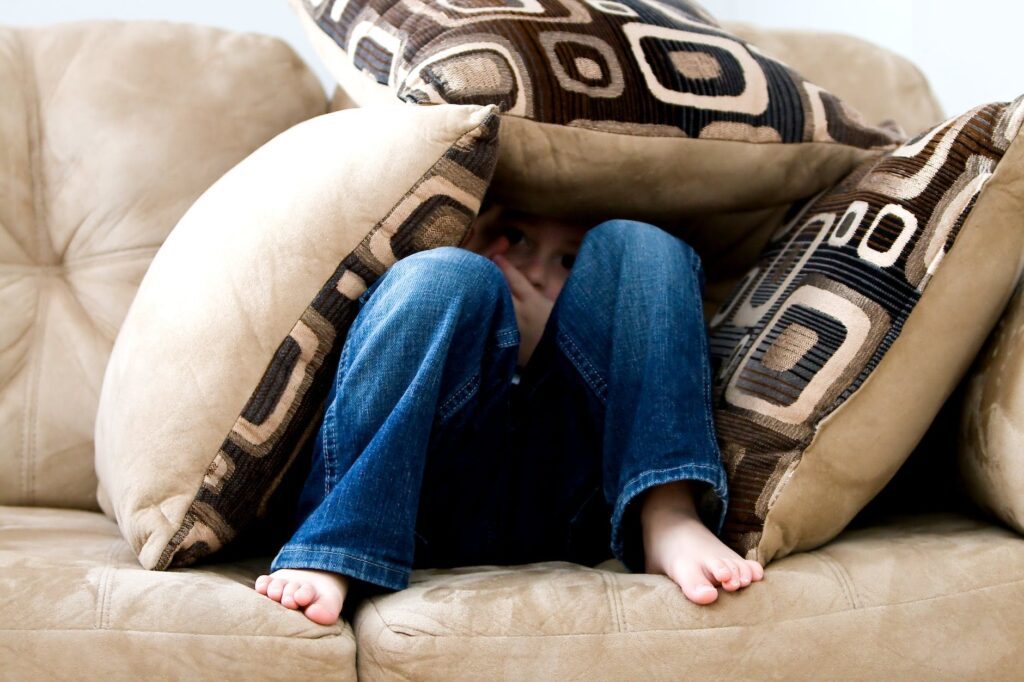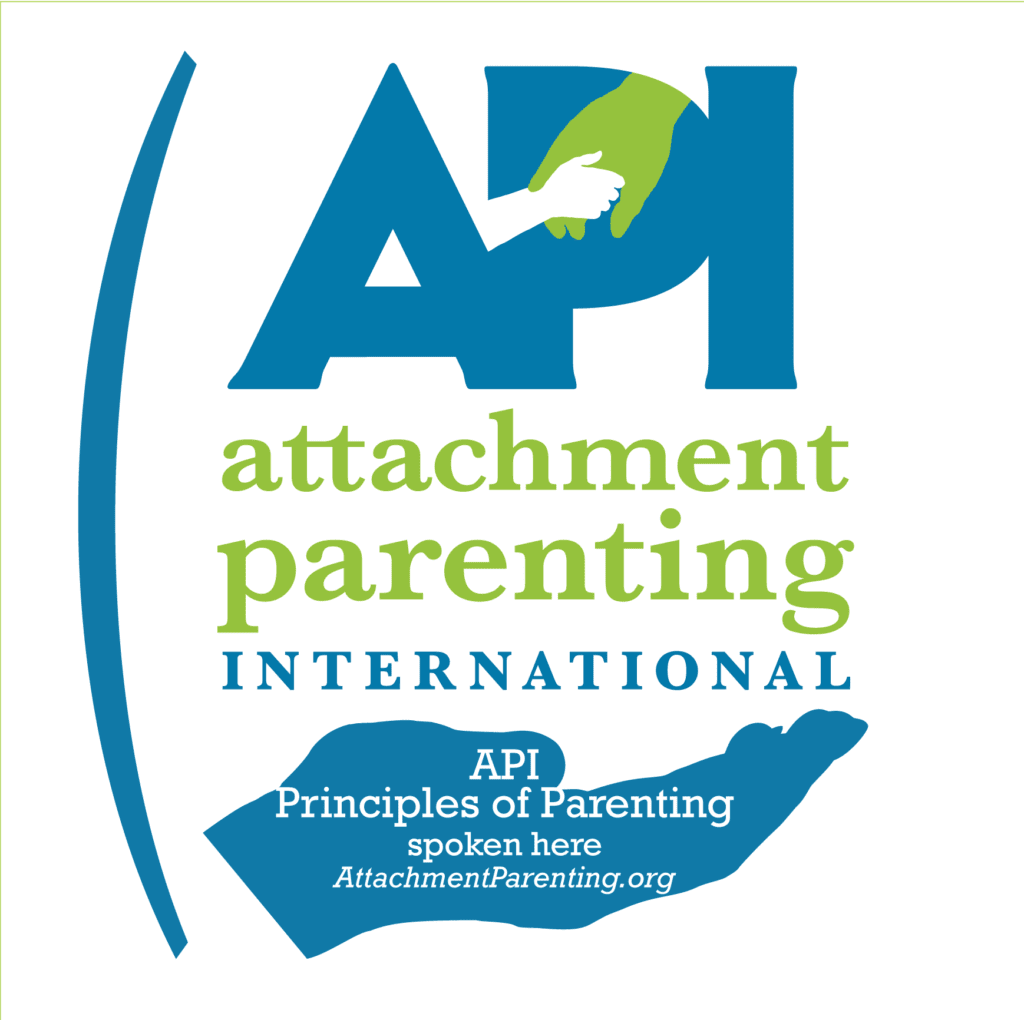In my experience as a child therapist, I’ve often observed that children who struggle with anxiety can exhibit more irritability and negativity. It’s crucial for us, as caregivers and educators, to support these children in fostering a more balanced and positive self-identity. Today, I want to delve into how we can utilize feelings literacy to achieve this transformative journey.
The Power of Feelings Literacy
Many parents excel at feelings literacy, adeptly helping their children to identify and articulate their emotions. When a child feels downcast or exhibits anger, it’s common to hear affirmations such as, “I can see you’re sad about that,” or, “I know that you’re afraid.” This practice is extremely beneficial, as acknowledging and validating a child’s emotions can often be the first step in regulating those difficult feelings. Such validation facilitates a calming effect, enabling children to recover and continue with their activities.
For instance, when a child lashes out physically, a parent might respond, “I know you are angry, but hands are not for hitting. Please use your words.” This approach is commendable because it doesn’t just reprimand but also acknowledges the child’s emotional state, guiding them toward better ways of expressing it.
Stretching Beyond the Negative
Children who experience heightened levels of anxiety are frequently caught in a web of negative emotions. Consequently, we may find ourselves reinforcing this negativity by using language that focuses on anger, sadness, or fear. It is essential that we assist these children in stretching their self-perception to include more positive or at least neutral aspects of their identity. This doesn’t mean discounting their negative emotions—something that would fall into the realm of toxic positivity—but rather, recognizing and naming the moments when they are experiencing positive or neutral emotions.
Take, for example, a child who is quietly engaged in building with Legos. You might comment, “You really seem content when you’re playing with your Legos.” This not only introduces them to a new emotional descriptor—content—but also helps the child view themselves as capable of experiencing such a state. Anxious children can often feel guilty, believing they make life more challenging for those they love. Highlighting their moments of contentment allows them to see themselves in a different, more positive light.
Connecting to Calm and Happiness
It’s not enough to simply redirect children away from their negative emotions; we need to help them connect with feelings of joy, calm, and focus. For instance, when you notice your child completely absorbed and happy while scootering, you could say, “You’re really in your flow. You seem so happy when you’re scootering up and down the driveway.” Or, when they hum to themselves as they color, you might observe, “You have a lot of calm as you are coloring.”
By doing this, we are helping children recognize that they are not solely defined by their anxiety or anger. Instead, they are multifaceted individuals capable of experiencing a wide range of emotions. More importantly, we’re helping them to identify activities and states that evoke positive feelings, broadening their ability to find peace and happiness in their day-to-day lives. This is critical because telling a child to “calm down” is ineffectual if they haven’t learned to recognize what calm feels like. Hence, it’s our role to guide them in discovering these positive states within themselves.
Let’s ensure that we celebrate the full spectrum of our children’s emotions, not just the negative ones. By doing so, we empower them to build a more positive self-identity and better cope with the complexities of their inner world.



